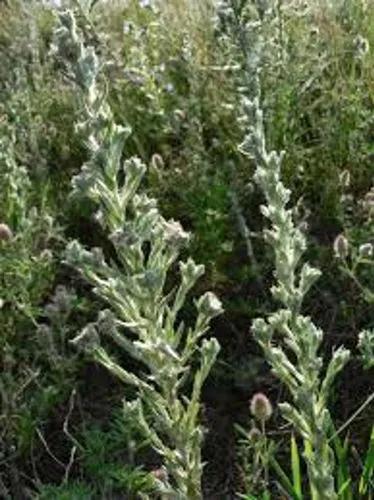Chaenomeles cathayensis is a deciduous Shrub growing to 3 m (9ft) by 3 m (9ft). It is hardy to zone (UK) 5 and is not frost tender. It is in flower in April, and the seeds ripen in October. The species is hermaphrodite (has both male and female organs) and is pollinated by Bees. Suitable for: light (sandy), medium (loamy) and heavy (clay) soils, prefers well-drained soil and can grow in heavy clay soil. Suitable pH: acid, neutral and basic (alkaline) soils. It can grow in semi-shade (light woodland) or no shade. It prefers moist soil. It can tolerate atmospheric pollution.
Chinese Quince Care
Chaenomeles Cathayensis



Chaenomeles cathayensis is a more or less thorny, sparsely-branched, deciduous shrub or a small tree with an open habit; it can grow 2 - 6 metres tall. The plant is harvested from the wild for use as a food and a medicine. The fruits are traded, especially for medicinal use. The plant is sometimes grown as an ornamental in gardens. Although no specific information has been seen, the seed is likely to contain cyanogenic glycosides. When injested, these compounds break down in the digestive tract to release cyanide. Used in small quantities in both traditional and conventional medicine, this exceedingly poisonous compound has been shown to stimulate respiration, improve digestion, and promote a sense of well-being[238 ]. It is also claimed by some to be of benefit in the treatment of cancer - though this claim has been largely refuted. In larger concentrations, however, cyanide can cause gasping, weakness, excitement, pupil dilation, spasms, convulsions, coma and respiratory failure leading to death. The levels of toxin can be detected by the level of bitterness:- sweet almonds, for example, contain only very low levels of it and are safe to eat in quantity, whilst bitter almonds (which are used as a flavouring in foods such as marzipan) contain much higher levels and should only be eaten in very small quantities. Great caution should be employed if the taste is moderately to very bitter.
How to Care for the Plant

Popularity

14 people already have this plant 5 people have added this plant to their wishlists
Discover more plants with the list below
Popular articles






